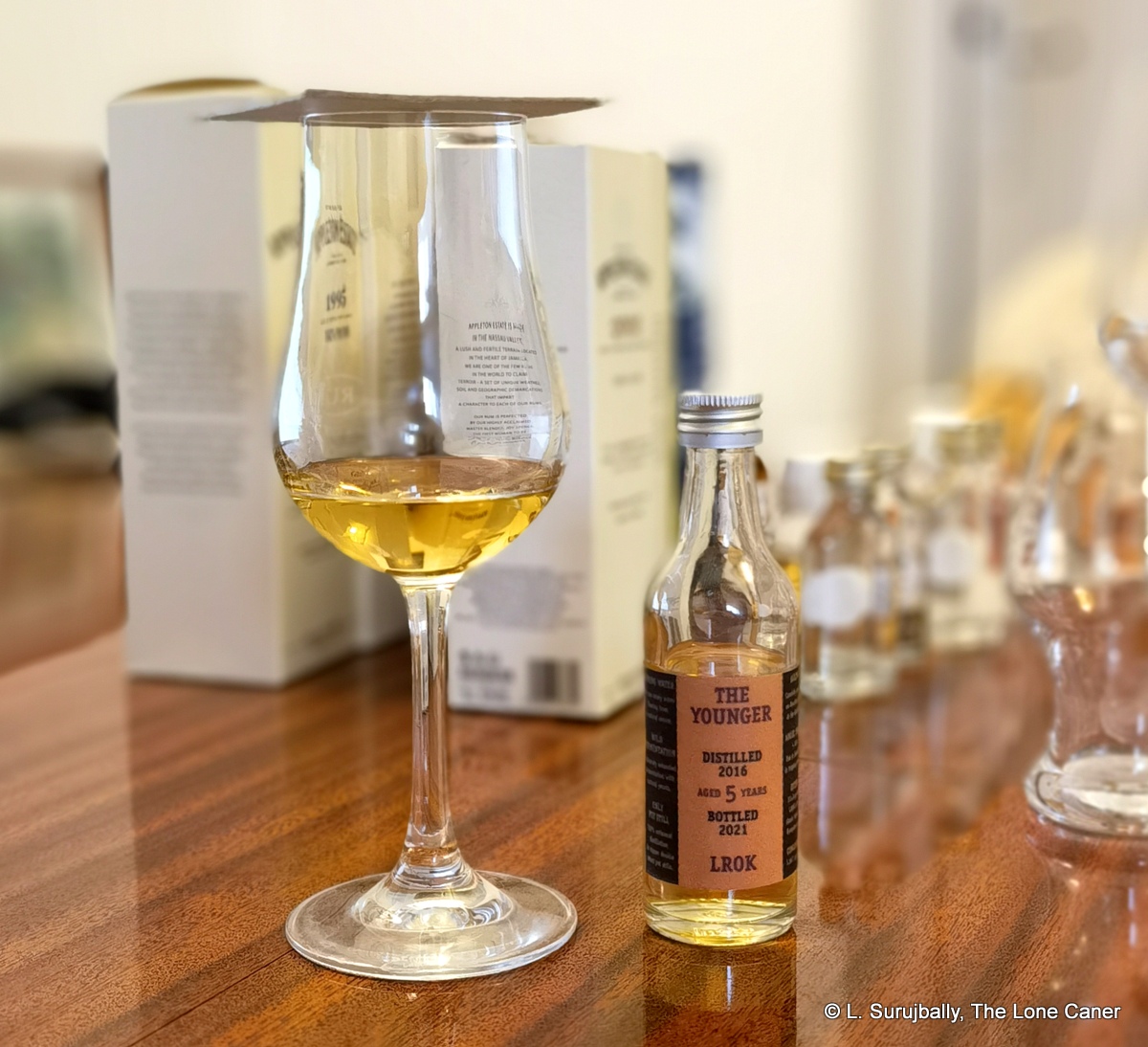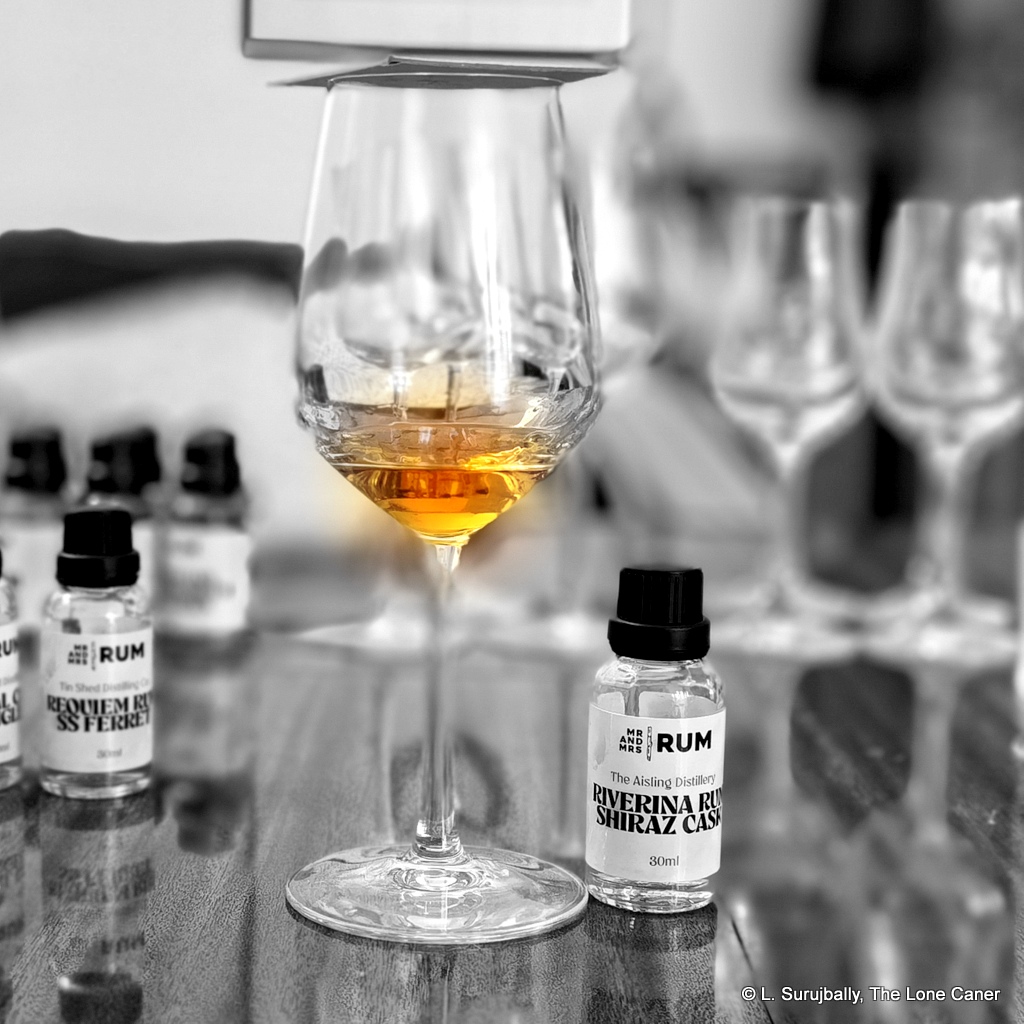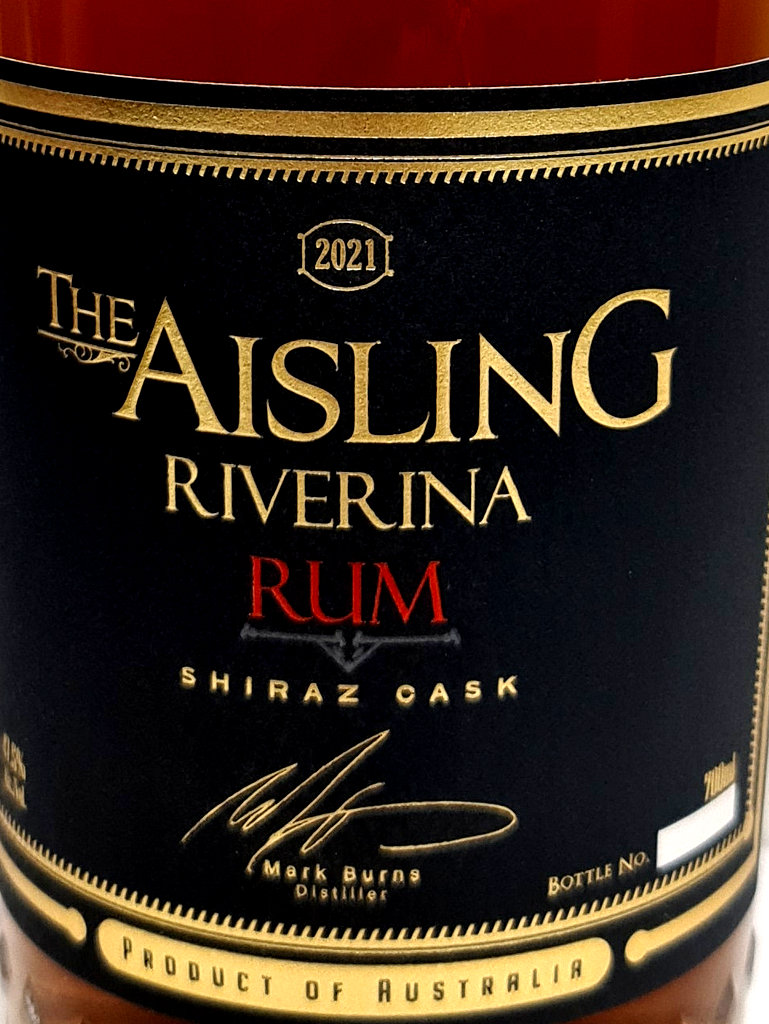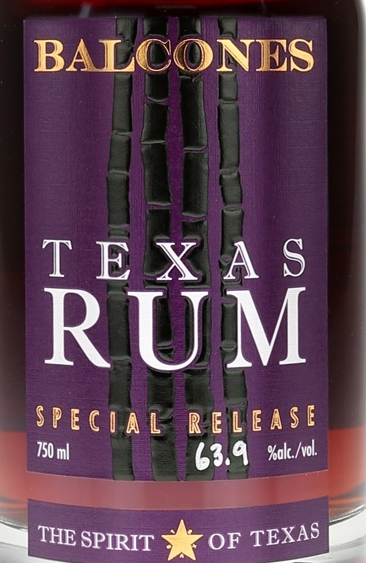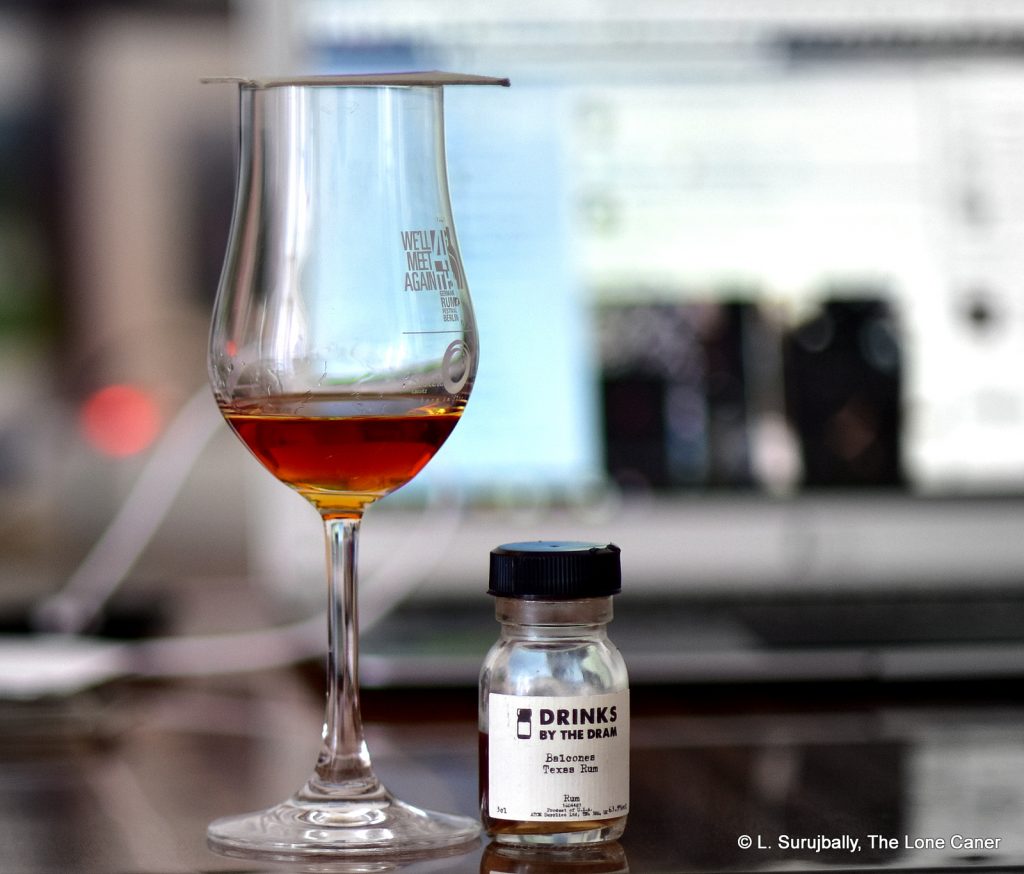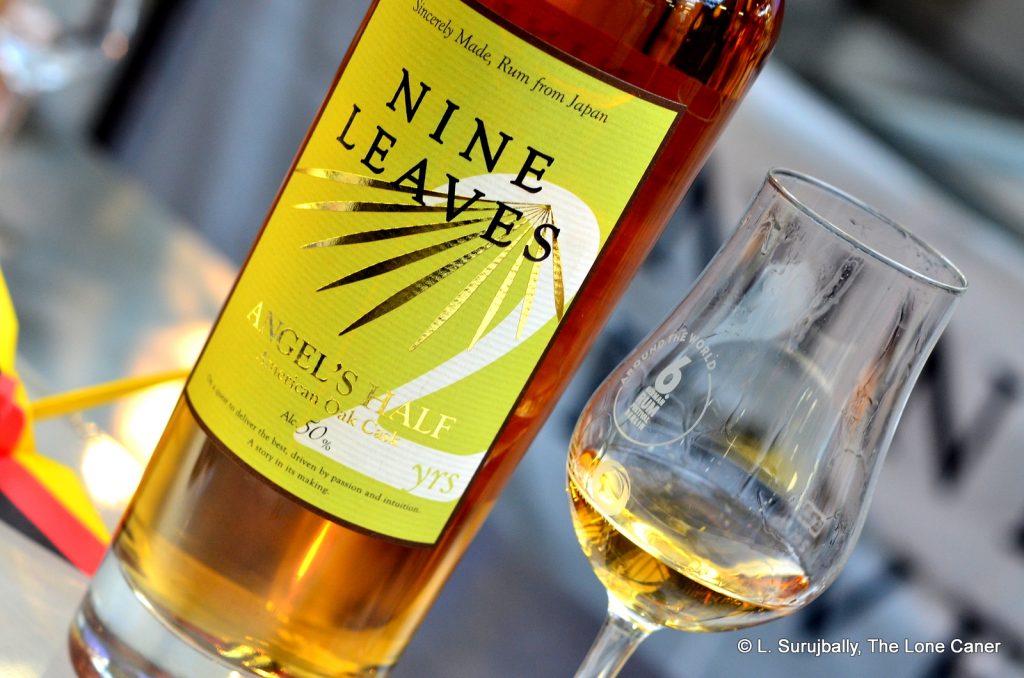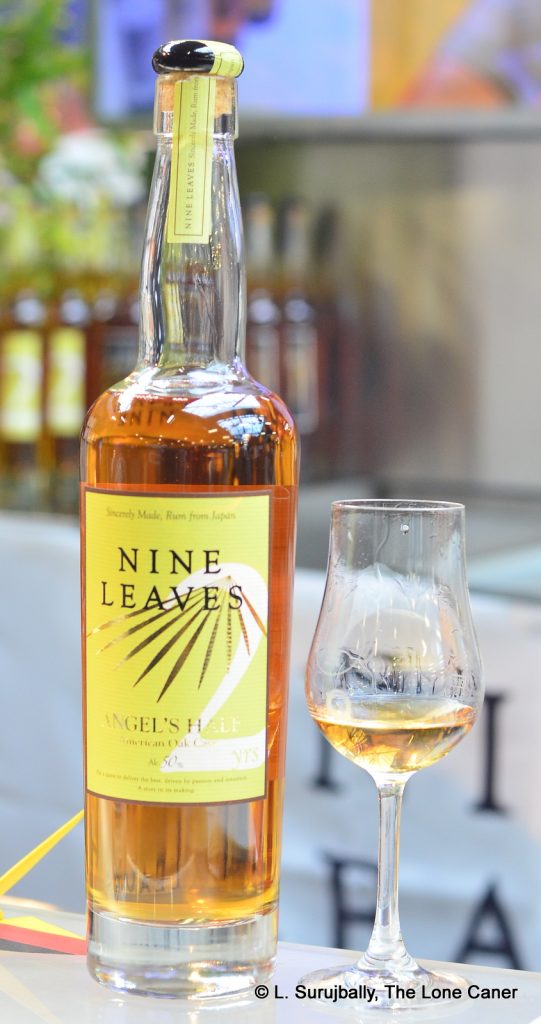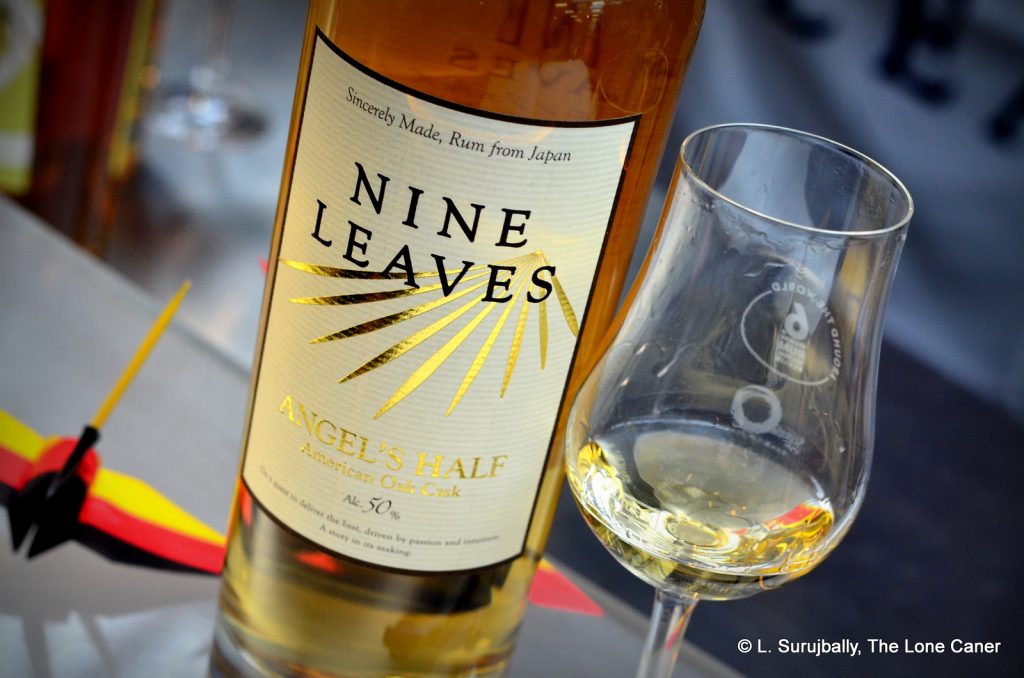By now little needs to be said about Hampden Estate, the famed Jamaican distillery that had its coming out party in 2018, a distribution deal with Velier, and a seemingly a new series of rums to collect just about every single year. For all its variety though, their presentation is pretty consistent and you can usually tell one at a glance just by looking at a label. Said labels conforming to all the usual Velier standards, and providing pretty much all the background details you could hope for.
In this case we’re dealing with five year old rum released in 2021 and before you ask, it’s called “The Younger” to distinguish it from the Hampden 2010 11 YO LROK also issued in the same year (which is not named, but which we shall call — obviously — “The Older”). The fermentation time is not mentioned, but we can assume a few weeks, using natural or “wild” yeasts; pot still distillation on double retort stills; aged in ex bourbon barrels with a 34% angel’s share. And diluted down to 47% (as an aside, I’ve seen a label on a 3L jug at 49% but either it’s a misprint or substantially the same as this one) with an ester count for those who like their numbers, of 314.8 g/hLpa. This places the LROK (“Light Rum Owen Kelly”) in the lower levels and the Wedderburn category (only the OWH and LFCH are lower) and also makes the rum extremely approachable without going off the shredding deep end of the higher ester marks.
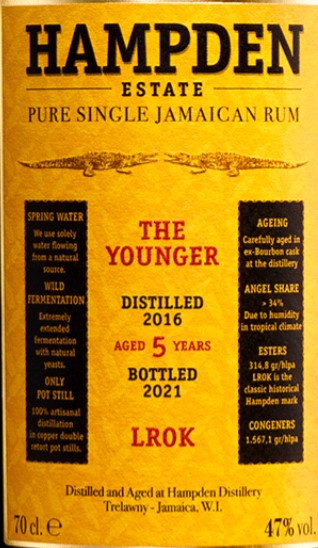 In spite of the “low” congener count, the rum represents itself well, starting with the open, which sports a serious set of sharp, distinct, funky aromas. Rubber, plastic, kerosene, fusel notes…rough and assertive stuff, which is about what we could expect from a youngish rum, tropically aged or not. It turns a little briny, then channels some citrus, flambeed bananas, yeasty bread, overripe pineapples, cherries, bubble gum. There are even some hints of coffee grounds and the metallic tinge of an ashtray that hasn’t been cleaned.
In spite of the “low” congener count, the rum represents itself well, starting with the open, which sports a serious set of sharp, distinct, funky aromas. Rubber, plastic, kerosene, fusel notes…rough and assertive stuff, which is about what we could expect from a youngish rum, tropically aged or not. It turns a little briny, then channels some citrus, flambeed bananas, yeasty bread, overripe pineapples, cherries, bubble gum. There are even some hints of coffee grounds and the metallic tinge of an ashtray that hasn’t been cleaned.
For 47% that nose isn‘t half bad (if occasionally discombobulated); the palate is in similar territory but here the strength may — surprisingly enough — be a bit too anaemic for finer appreciation. It’s thin and sharpish (not to its benefit, I don’t think), and astringent. It has flavours that in turn are sweet, salt and sour…which is nice, but not always well coordinated, and one has to watch the sharpness. So – bubble gum, strawberries, citrus (red grapefruit), pineapples, vanilla, and some bitter coffee grounds. Once it quietens down – and it does – it gets better because the roughness also smoothens out somewhat, without ever really losing its character. Finish is decent: fruity, funky and some honey, plus cinnamon, cloves and maybe a touch of vanilla and pineapple chunks.
A lot of comments I found about this rum compliment its taste and smell and assure their readers that it’s a true Hampden, representing Jamaica in fine style. Yet almost all have various modifiers and cautions, and many compare it in some way to one of three rums from Hampden: the high-ester versions from the same distillery, the Great House series, and the backbone of the company, the 8 YO standard. Oh, and almost everyone mentions or grumbles about the price.
This is completely understandable since a frame of reference is usually needed to place a rum in context – such comparisons are therefore useful, if ultimately pointless: trying to say one is better or worse than any other is entirely a matter of personal taste, really. And you either like it you don’t, can afford it or can’t, will buy it on that basis or won’t. As a middle of the road ester-level rum, I myself believe it’s a decent young rum, made in quantity with the usual Hampden quality, but not with anything really special tacked on that distinguishes it as superlative for its bracket. I’d buy the first bottle for sure: and would likely pass on a second after I finish sharing it around. I call that a qualified endorsement.
(#1059)(84/100) ⭐⭐⭐½
